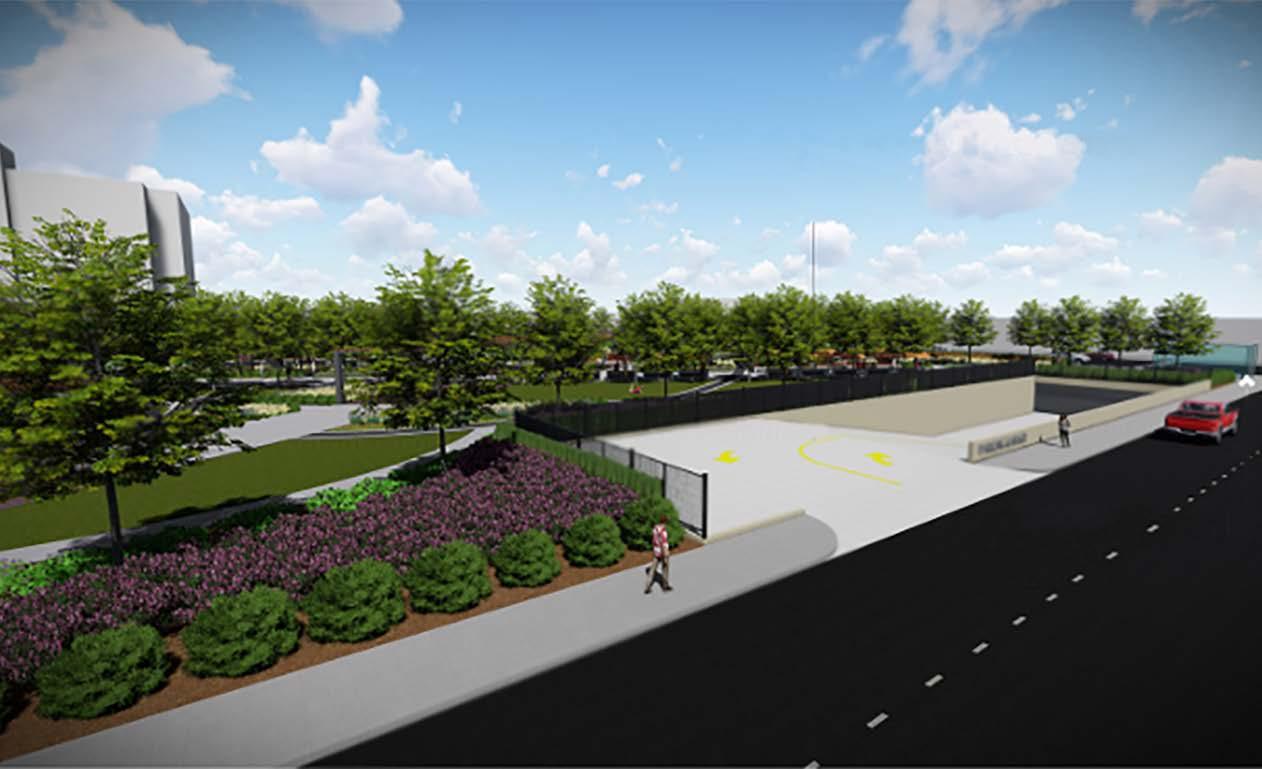
3 minute read
Maya THE SCIENTIST
Greenhill School senior Maya Desai, an aspiring cognitive scientist, first experienced the healthcare world during the summer of 2016, when she and four other girls teamed up to create a nonprofit that benefits refugees.
DFW Hub Center for Health hosts annual health fairs for Bhutanese refugees, equips families with health-care kits and fundraises to provide free health services to refugees. The nonprofit organization has also helped refugee children obtain school supplies.
Maya, 18, and her cofounders first realized a need for their nonprofit when they were introduced to the refugee community through Sunday school.
“The first thing we realized is they didn’t have easy access to health care,” Maya says. The girls, who were all interested one way or another in health, decided to create the organization.
The annual health fairs reach between 30 and 50 refugees.
Often, the attendees are repeat customers.
While planning a health fair will complicate Maya’s college workload, she plans to continue to work with the organization while attending the University of San Diego.
“It’s been a really rewarding experience,” she says. “It’s not something most people get to do.”
But it’s an experience that fits her personality, described as ambitious with a calm demeanor by Treavor Kendall, Maya’s mentor and Greenhill’s Upper School Science Department chair. Maya has always had a willingness to serve, he says.
“She is self-motivated, with a passion for learning and achieving,” Kendall says. “She is always searching for a new challenge.”
But, Maya wasn’t always an aspiring cognitive scientist. She gained interest in the field when she suffered three concussions in four years. All the concussions were caused by headers in soccer. Doctors told Maya to stop playing. She soon developed an interest in the brain and how concussions and other injuries affect it.
Maya also believes cognitive science would be a more lucrative field of work than her other passion: photography. She took every photography class offered at Greenhill, starting with the beginner’s photography elective.
“I like it because it’s powerful,” Maya says. “It’s another way to communicate without using words.”
Maya plans to continue photography as a hobby and might take some classes at college, she says. But it won’t be a priority. “I’ve always thought about doing a job in science.”

June 3 - August 2
The Freshman


AT 14, HE’S PHOTOGRAPHED FIVE MILITARIZED BORDERS ON FOUR CONTINENTS

TWELVE-YEAR-OLD EKANSH TAMBE was curious about the U.S.-Mexico border after seeing the controversy on the news in August 2017, so he asked his father if they could take a quick trip to check it out. What started as a weekend jaunt has turned into a multi-year photography project that has taken Ekansh, now 14, to five different borders across four continents. Along the way, the St. Mark’s School of Texas freshman has used his Nikon D5500 to photograph more than 8,000 images.
“I would like people to see the border as it is, just the facts and nothing more,” he says about the U.S.-Mexico border. “Agents were kind to share their views on the everyday challenges they face. Residents provided insights. As I listened, the impact the border has on citizens, residents, immigrants and federal agents began to unfold.”
Ekansh met an elderly woman at the Mexico border who gave him a geography quiz before agreeing to talk to him. The woman was so inspired by Ekansh that she gave his family a four-hour tour of her border town until midnight. During that time, she shared her story: she had crossed over the border illegally decades ago, worked in nursing homes and sewed to make ends meet. Her son served in the U.S. Army.
In addition to the U.S.-Mexico border, Ekansh explored the border between North and South Korea with his dad. In the summer of 2018, he traveled with his parents and sister, Ashna, to the borders of Israel and Lebanon, Syria, Jordan, Egypt and Gaza.

He watched as Gaza militants fired rockets. He could see charred fields and a tank rolling in the distance, and he could hear gunfire. “My mom was sitting in the car when we heard that. She rolled down the window and said, ‘Get back in!’’’
Ekansh loves reading, playing pingpong and competing in tennis. Science is his favorite subject. He spends his time speaking about his project at parks, leadership programs, museums and fire departments. In April, he delivered a talk at TEDxPlano. And Addison Art Program has curated an exhibition of his work.
“I loved meeting people and hearing their stories,” he says. “They had similar tales of sadness and inspiration.”

Ekansh’s father, Vinay Tambe, travels with him on every trip. “I love supporting him,” Tambe says. “My job is to give him what he needs. If he can get one mind on either side of the political spectrum to change their mind based on what they learn from his projects, then he’s accomplished his goal.”
Ekansh’s plans include exploring the Venezuela-Colombia border and immersing himself in a caravan coming to the U.S. from Mexico.
“Photography is going to be a big part of my life,” he says. “Even if I don’t choose it as a career.”
LISA KRESL
For more information about Ekansh Tambe’s photography, visit thousandwordsphotography.squarespace.com.













